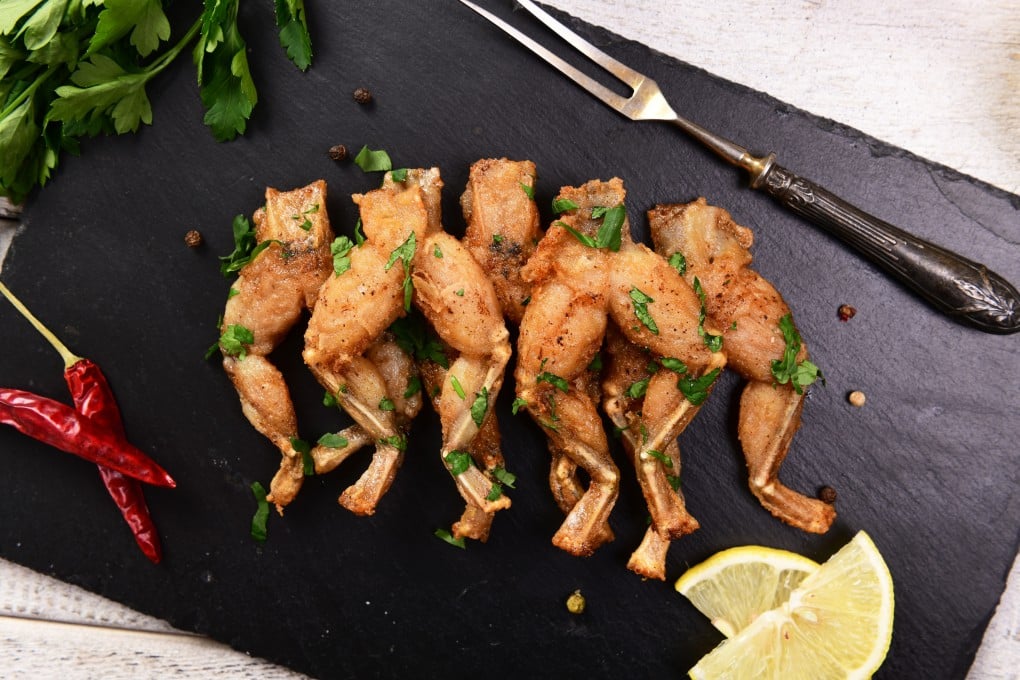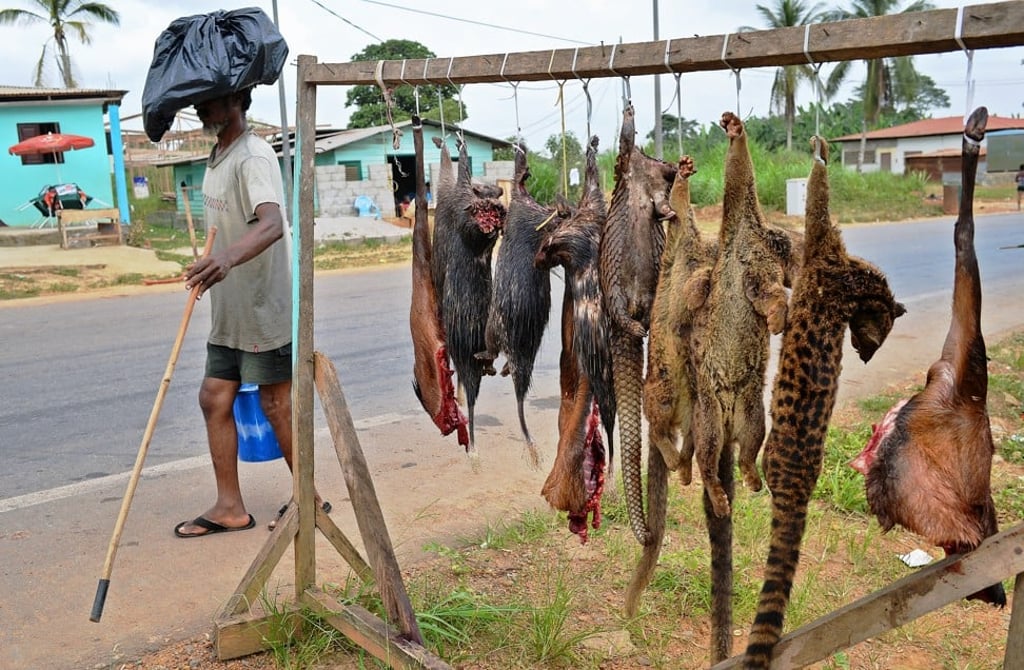Reflections | China’s history of eating meat is not so different from the rest of the world’s
- In the wake of the coronavirus outbreak, the Chinese government announced a blanket ban on country’s wildlife trade
- The Chinese have been consuming meat for thousands of years, with many of the same beasts still eaten across the globe

In what is perhaps an act of overcompensation, the Chinese government has decided to ban frogs as part of its blanket prohibition on selling exotic wildlife for human consumption. Are frogs “exotic” though? Or are they only exotic when eaten by the Chinese and not by, say, the French?
Humankind has hunted animals for food since the dawn of civilisation, and hunting remains an activity vital for the survival of certain indigenous peoples. Even among those who rely on domesticated animals for their primary food source, eating wild beasts and fowl remains an enjoyable diversion. Perhaps it is a genetic memory of one’s rugged ancestors taking down an ox with their spears and arrows or it is merely another way of showing off the wealth that allows one to gain access to the rare and precious.
The consumption of game has a long history in China. It was even codified among the ruling class during the Zhou dynasty (circa 1046–256BC). In Rites of the Zhou, which describes a putative organisation of the bureaucracy, the royal chef oversaw the identification and preparation of “six domesticated animals, six beasts and six birds”.

There are various interpretations of what these 18 categories of animals were, but it is generally agreed that the domesticated animals were the horse, cow, goat, pig, dog and domesticated fowl such as chickens and ducks. (Yes, the ancient Chinese ate horses and dogs, in addition to rearing them as work animals and pets.) The six birds referred to the goose, pheasant, cuckoo, pigeon, quail and buttonquail. As for the six beasts, they were the milu (also known as Père’s David deer), deer, bear, musk deer, wild boar and rabbit.
